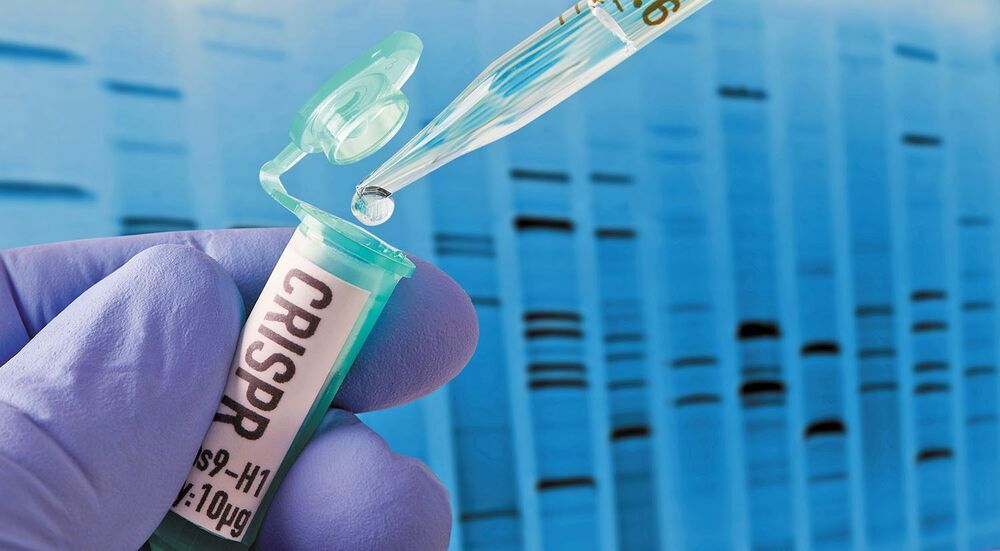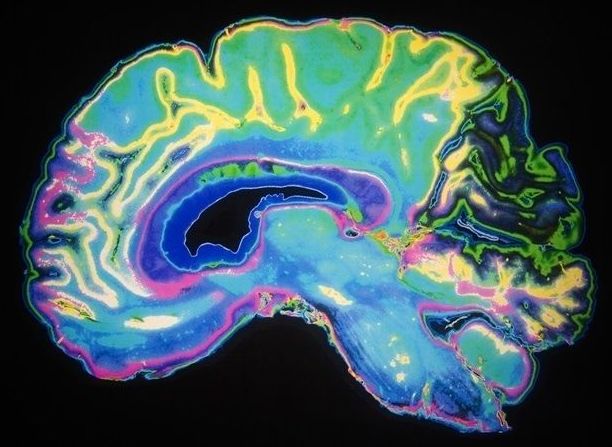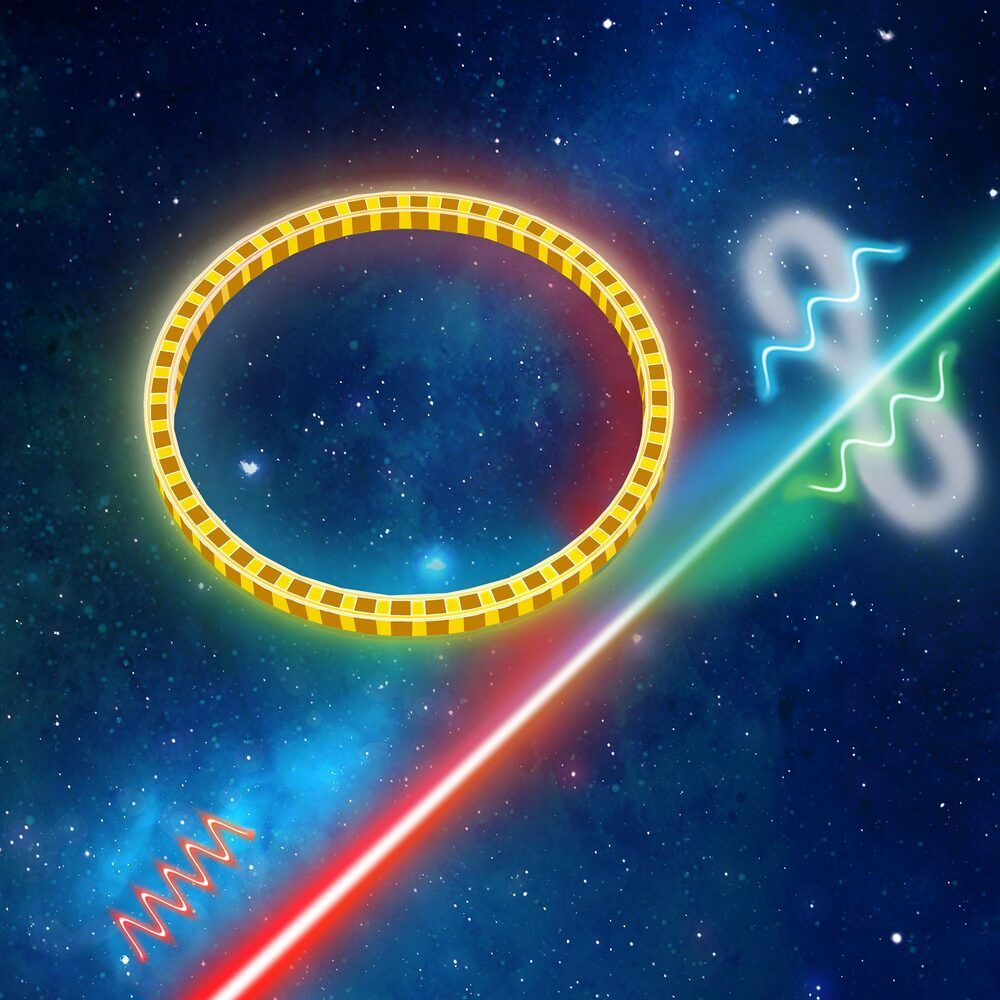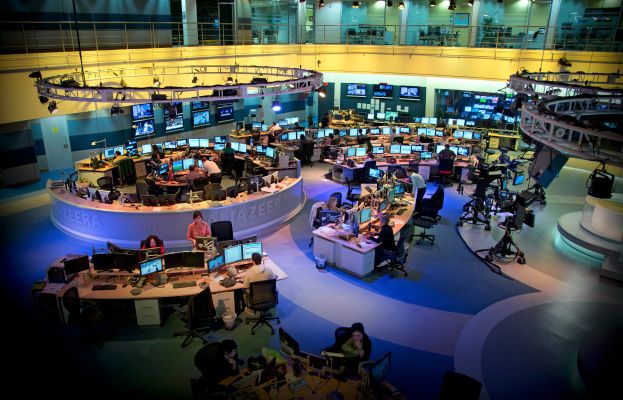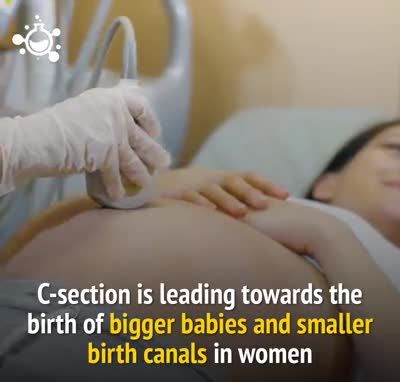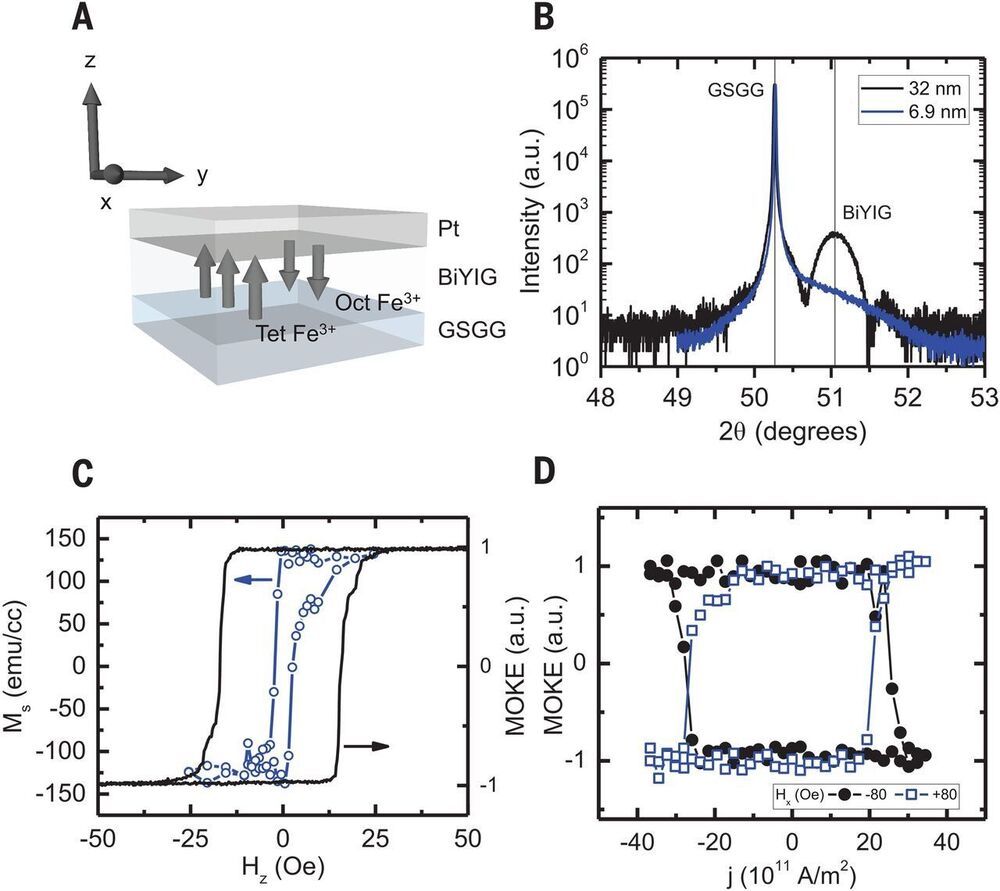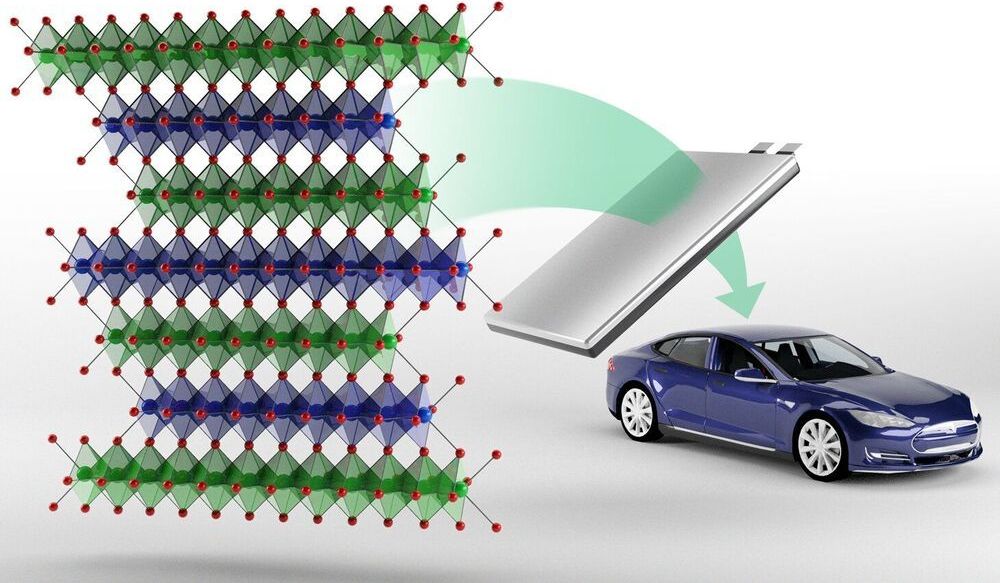Interesting…
The United States is the sole military super power in the world, but that may not last for long. Other nations are catching up in the new arms race and have dedicated massive military budgets to developing hypersonic missiles! How can the US defend against such high impact and evasive missiles? You’ll have to watch today’s new video to find out if the US has an answer of it’s own.
🔔 SUBSCRIBE TO THE INFOGRAPHICS SHOW ►
🔖 MY SOCIAL PAGES
TikTok ► https://www.tiktok.com/@theinfographicsshow.
Discord ► https://discord.gg/theinfographicsshow.
Facebook ► https://www.facebook.com/TheInfographicsShow.
Twitter ► https://twitter.com/TheInfoShow.
💭 SUGGEST A TOPIC
